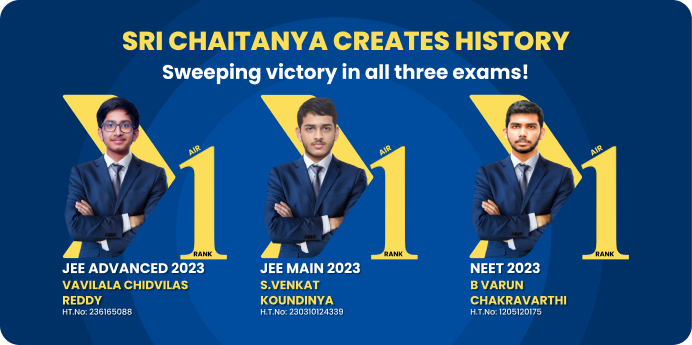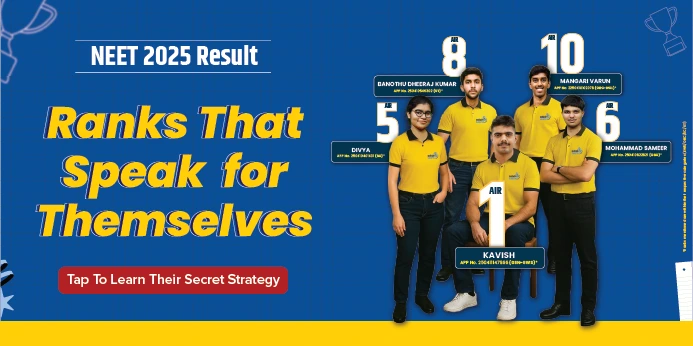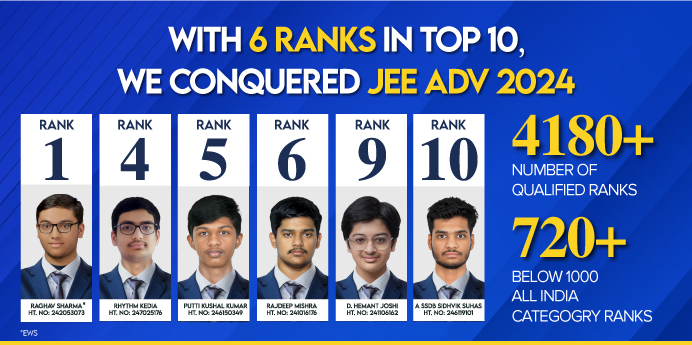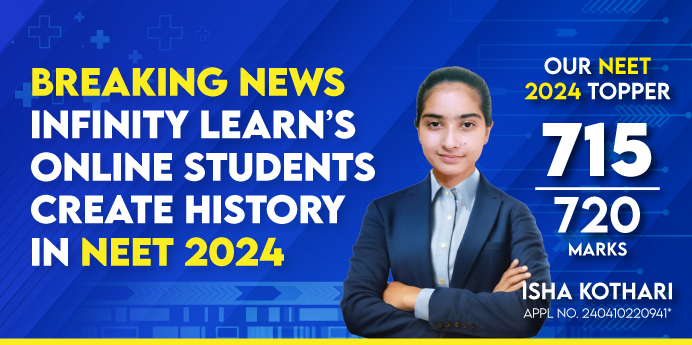









Courses

By Maitree Choube
|
Updated on 23 Jul 2025, 14:12 IST
In preparation for the CBSE Class 10 Maths Board Exam 2025, students are advised to focus on the most frequently asked questions from previous years. This article compiles essential questions that have consistently appeared in past exams, serving as a valuable resource for effective study. By reviewing and solving these key problems, students can enhance their understanding of mathematical concepts and improve their problem-solving skills. Accessing these questions through sample papers or question banks is crucial for achieving high marks. Engaging with this material well in advance will ensure that students are thoroughly prepared and confident on exam day.
As the CBSE Class 10th Board Exams approach on March 10, 2025 (Monday), students are gearing up for the big day with focus and determination. One effective way to prepare is by reviewing the most repeated questions from the last 10 years of the CBSE Class 10 Maths exam. These frequently repeated questions are a great indicator of the key topics and concepts that are likely to appear in the upcoming exam. By practicing these, students can enhance their chances of performing well.
Focusing on CBSE Class 10 Maths repeated questions not only boosts confidence but also helps students understand the recurring patterns and question formats. Whether it's algebra, geometry, or trigonometry, familiarizing oneself with these important questions can make exam preparation much more strategic. Additionally, revisiting these frequently asked questions can also save valuable time during revision. So, make sure to dedicate enough time to practice these high-priority areas to excel in the CBSE Class 10 Maths exam.
Q1. A standard deck of 52 playing cards has had the King, Queen, and Jack of clubs removed, leaving 49 cards. After shuffling the remaining cards, calculate the probability of drawing a specific card from these remaining cards.
(i) Probability of drawing a card of spades:
There are 13 spades in a full deck. Since the King, Queen, and Jack of clubs are removed, the total number of cards is now 49.
Probability = 13/49
(ii) Probability of drawing a black king:
There are 2 black kings (King of Spades and King of Clubs). However, since the King of Clubs is removed, only the King of Spades remains.
Probability = 1/49
(iii) Probability of drawing a card of clubs:
After removing the King, Queen, and Jack of Clubs, there are 10 clubs left in total.
Probability = 10/49

(iv) Probability of drawing a jack:
Since only the Jack of Clubs was removed, there are still 3 jacks remaining (Jack of Hearts, Jack of Diamonds, and Jack of Spades).
Probability = 3/49
Q2. In triangle ΔABC, let altitude AD intersect CE at point P. Prove the following:

JEE

NEET

Foundation JEE

Foundation NEET

CBSE
(i) Prove ΔAPD ~ ΔCPD:
Since AD and CE are altitudes meeting at P, angles APD and CPD are equal (both right angles), and angle PAD is equal to angle PCD (alternate interior angles). Therefore, by AA similarity criterion:
ΔAPD ~ ΔCPD
(ii) Prove AP × PD = CP × PE:
PD⟹AP×PE=CP×PD
From the similarity ΔAPD ~ ΔCPD:CP
(iii) Prove ΔADB ~ ΔCEB:
By AA similarity (angles ADB and CEB are equal as they correspond to vertical angles), we have:
ΔADB ~ ΔCEB(iv) Prove AB × CE = BC × AD:
From the similarity ΔADB ~ ΔCEB:BCAB=CEAD⟹AB×CE=BC×AD
Q3. A solid consists of a cone placed on top of a hemisphere, both with a radius of r=3.5 cm and a total height of h=9.5 cm.

Q5. Finding Missing Frequency Values Given that the median is 525 for the dataset with total frequency N = 100:
| Class | Frequency |
| 0-100 | 2 |
| 100-200 | 5 |
| 200-300 | x |
| 300-400 | 12 |
| 400-500 | 17 |
| 500-600 | 20 |
| 600-700 | y |
| 700-800 | 9 |
| 800-900 | 7 |
| 900-1000 | 4 |
Q6. Two people start walking towards each other from a distance of 16km. If they meet in 2hours:
Let speeds be v1 and v2.
Then,v1+v2=16km/2hour = 8 Km/hr
If they walk in the same direction:
They meet after 8hours:
v1−v2=16km/8hour=2km/hr
Now solving these two equations:
v1+v2=8km/hr
v1−v2=2km/hr
Adding these gives:
2v1=10km/hr→v1=5km/hr
Substituting back gives: v2=8−v1=3km/hr
Thus speeds are:
Person A: 5 km/hr
Person B: 3 km/hr
Q7. If the sides AB, BC, and median AD of triangle ABC are proportional to the corresponding sides PQ, QR, and median PM of triangle PQR, prove that triangle ABC is similar to triangle PQR.
Q8. Two individuals are located 16 km apart on a straight path. They start walking at the same time, and if they walk toward each other at different speeds, they meet in 2 hours. However, if they walk in the same direction at their respective speeds, they meet after 8 hours. Find the walking speeds of both individuals.
Q9. Given that -4 is a root of the quadratic equation , determine the value of for which the quadratic equation has equal roots.
Q10. Prove that: (1 + cot A+ tan A) (sin A - cos A) = sec³ A-cosec³ A / sec² A. cosec² A (CBSE 2011-2020)
To excel in the CBSE Class 10 Maths examination, utilizing the best resources for solving repeated questions is crucial. Sample papers, previous years' question papers, and dedicated question banks are invaluable tools. These resources not only provide a comprehensive understanding of the exam pattern but also familiarize students with frequently asked questions. Engaging with these materials helps reinforce concepts and enhances problem-solving skills, ultimately leading to improved performance in exams.
Sample papers for CBSE Class 10 Maths are specifically designed to reflect the exam format and difficulty level. They include a variety of questions that cover all chapters in the syllabus, allowing students to practice effectively. By solving these sample papers, students can identify their strengths and weaknesses, enabling targeted revision. Additionally, sample papers often come with solutions and explanations, providing a deeper understanding of problem-solving techniques. This practice is essential for building confidence and ensuring readiness for the actual exam.
Practicing the most repeated questions in CBSE Class 10 Maths offers several benefits.
Overall, focusing on repeated questions can significantly boost a student's confidence and performance on exam day.
The most frequently asked topics include Algebra, Geometry, Statistics, and Mensuration. Concepts like quadratic equations, triangles, circles, and surface areas are commonly featured in board exams, making them essential for students to master.
Practicing repeated questions helps students reinforce their understanding of key concepts and enhances problem-solving skills. It allows them to familiarize themselves with the exam format and types of questions, leading to increased confidence and better time management during the actual test.
Sample papers can be found on the official CBSE website and also in our Infinity Learn website specifically designed for Class 10 Maths. These resources often compile previous years' questions, model paper and related study material providing a comprehensive practice tool.
Focus on high-weightage topics that frequently appear in past exams. Create a study schedule that allocates time for practicing these questions while also reviewing related concepts to ensure a well-rounded understanding.
Yes, some effective strategies include: